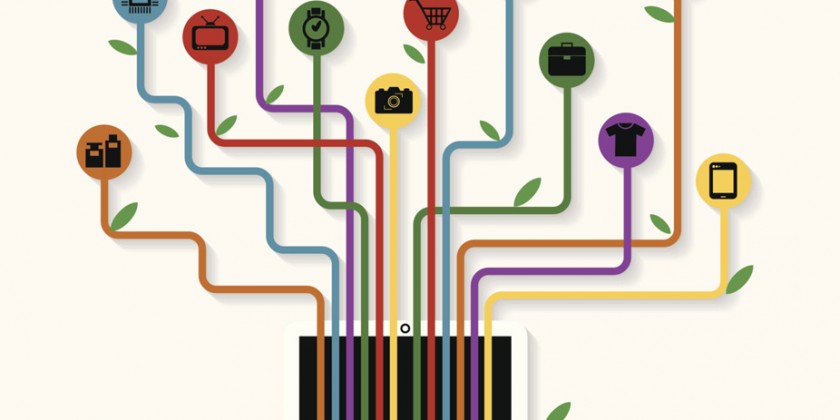
IoT trends and job opportunities in India
The ‘Internet of Things’ (IoT) is relatively an uncharted territory in India. All the emerging technology revolving around the buzz word ‘Smart’ such as Smart cars, Smart homes, Smart offices, Smart shopping, Smart healthcare are all concepts associated with “Internet of Things” and it is already on its way of becoming the next big tech trend.
IoT is the inter-networking or interaction between devices, appliances, equipment of varying forms and sizes to connect, communicate and manage complex set of tasks with little or no interference. IoT is not a recent phenomenon; it has been envisaged in Hollywood sci-fi movies and tv-shows of since the 80s. Surprisingly, even after three decades it is still in a nascent stage of adoption. Recently, major advancements and friendly policies have been undertaken by the government to integrate it and form a cohesive eco-system that has long-term benefits.
The Indian government expects the IoT industry is on course to cross $15 billion by 2020. As per market research firm Gartner, the total revenue generated from the IoT industry would be $300 billion and the number of connected devices would be 27 billion by 2020 globally, with India having a share of 5-6 per cent of global IoT industry. The Government of India’s IoT policy aims at building an entire ecosystem around IoT and to incentivise the players in the ecosystem.
Be it retail, logistics, healthcare, agriculture or manufacturing, players in every industry are investing heavily in IoT as a means to reduce energy consumption and costs to improve efficiency, output and provide real time monitoring of complex systems.
Though, there is a lot of advancement in the commercial space, IoT has a long way to get integrated in the consumer space. Some of the skepticism the phenomenon has received in scaling up is evident due to the products at the consumer end being restricted to prototypes and academic debates. In India, IoT implementation faces numerous hurdles like security issues, lack of standardization, internet availability, low internet bandwidth issues, low awareness and negligible vendor activity.
To elaborate more on the security issues, scalability will be analogous with IoT. The type and the scale of devices that will face cyber-attacks will be much higher. The existing security infrastructure has been built with specific trends and needs, which would need to be upgraded and expanded. There will be ownership issues related to data, devices and networks, which would entail the government to devise an IoT policy and standards, which would take care to what extent the data on the devices in the network would belong to the user or the organization.
With the rise in social media consumption, internet penetration, cloud computing solutions and big data analytics, data centers will play a pivotal role in storing and dispersing data with efficiency and reliability. Data centers also provide backup solutions to retain and secure data. Services like superior bandwidth, ubiquity of location and remote monitoring also minimizes the costs and risks that enterprises incur.
Server Management encapsulates maintenance, restoration, protection and configuration of a server which hosts websites and sensitive data of organizations. Resources critical for the smooth working of an organization are stored on servers, provide an edge over industry competitors. This space too would receive a major push as more users move online.
The growth of IoT will also spur growth in data centers, server management applications, cyber security and analytics spheres. Huge Investments in infrastructure by major IT giants in India are helping create job opportunities and also in aiding the IoT industry in the future. Job opportunities would range from IoT hardware/software maintenance personnel, software security solutions that would cater to the large and varied number of devices, protocols and endpoints. Jobs related to design, configuration, customization and implementation of IoT devices would also mushroom over the years.
A recent report by International Data Corporation (IDC) states that an annual growth of 20% can be expected in this industry which is a clear indication of the immense scope for growth and a plethora of job opportunities. It is safe to say that IoT is well poised to cause the next intelligent wave in the IT industry in the coming years.
Please confirm If you want to unregister
You have been unregistered from gradlink







